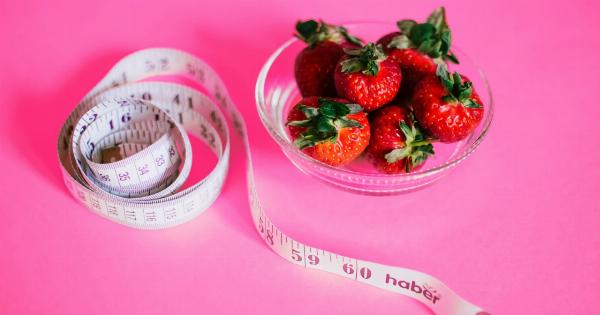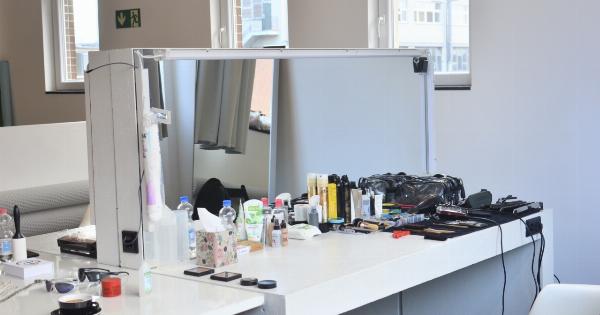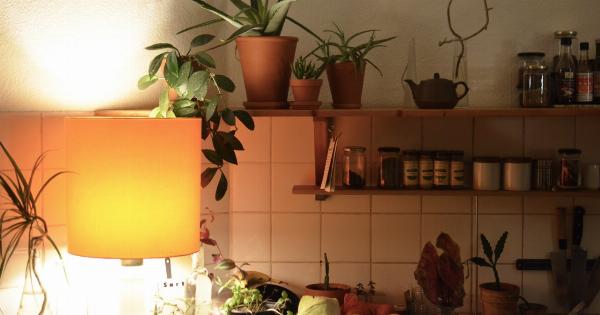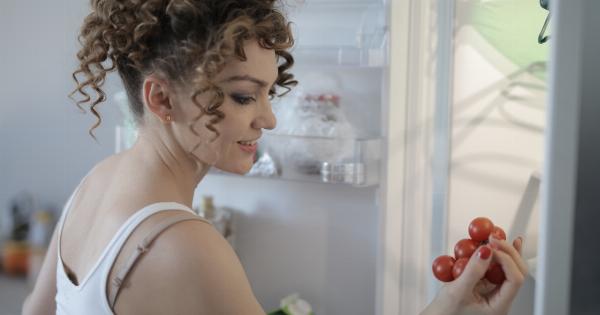It’s not uncommon to hear certain health and beauty tips that are believed to be true but may not have any scientific evidence to back them up. These myths often spread quickly through word of mouth, but they can be misleading and even harmful.
Let’s take a closer look at some of the most popular health and beauty myths and uncover the truth.
Myth #1: Drinking 8 Glasses of Water a Day is a Must
The idea that we need to drink 8 glasses of water a day is a commonly held myth. While staying hydrated is important for our overall health, there is no scientific evidence to support this specific recommendation.
The amount of water our bodies need can vary based on our body weight, activity level, and climate. Rather than focusing on a set amount of glasses, it’s best to listen to your body and drink when you feel thirsty.
Myth #2: Chocolate Causes Acne
Many of us have heard that eating chocolate can cause acne, but this is a myth. Acne is caused by a variety of factors, such as genetics, hormone levels, and bacterial growth on the skin.
While diet does play a role in our overall skin health, there isn’t enough evidence to suggest that chocolate causes acne. However, consuming too much sugar and unhealthy fats can lead to inflammation in the body, which can contribute to skin issues.
Myth #3: Cutting Hair Makes it Grow Faster
It’s been said that if you cut your hair, it will grow back faster. Unfortunately, hair growth is determined by genetics and hormonal factors, so cutting your hair won’t actually make it grow faster.
However, getting regular trims can help keep your hair healthy and prevent split ends from forming, which can make your hair appear longer and more manageable.
Myth #4: Sunscreen is Only Necessary on Sunny Days
One of the biggest health myths is that sunscreen is only necessary on sunny days. However, even on cloudy or overcast days, UV rays can penetrate the skin and cause damage.
Wearing sunscreen daily, regardless of the weather, is crucial in protecting your skin from harmful UV rays and preventing premature aging.
Myth #5: Tanning Beds are Safer Than the Sun
Tanning beds are often thought to be a safer alternative to sun exposure because they provide a controlled environment. However, tanning beds emit UV rays that can be even stronger than the sun and can increase your risk of skin cancer.
Additionally, frequent use of tanning beds can also lead to premature aging and damage to the skin.
Myth #6: Taking Supplements Can Replace a Healthy Diet
Some people may believe that taking supplements can replace a healthy and balanced diet, but this is not true. While supplements can be beneficial in filling nutritional gaps, they cannot replace the variety of nutrients found in whole foods.
It’s important to consume a balanced diet rich in fruits, vegetables, lean proteins, and whole grains to support overall health.
Myth #7: Natural Products are Always Safe
Many people assume that natural products are always safe and free of harmful chemicals, but this is not always the case. Natural products can still contain ingredients that can cause skin irritation or even be toxic if used improperly.
It’s important to read ingredient labels and do your research before using any new products, natural or not.
Myth #8: Shaving Causes Hair to Grow Back Thicker
It’s been said that shaving causes hair to grow back thicker and darker, but this is a myth. Shaving only removes hair at the surface level, and it has no impact on the hair’s thickness or color.
The hair may appear darker and thicker when it first grows back because the cut hair has a blunt edge, but this is only temporary.
Myth #9: Exercise Has to be Intense to be Effective
Many people believe that exercise has to be intense and strenuous to be effective. However, any level of physical activity can be beneficial, and it’s important to find a routine that works for your fitness level and goals.
Low-impact exercises, such as walking or gentle yoga, can still have health benefits and be a great way to stay active. It’s also important to incorporate strength training into your routine to help build muscle and improve bone density.
Myth #10: Wearing High Heels is Harmless
Wearing high heels has been a fashion staple for decades, but they can also have negative health effects. Wearing high heels for extended periods can cause foot pain, ankle sprains, and even changes in the alignment of the spine.
If you do wear high heels, it’s important to choose a lower height and opt for shoes with good arch support to lower your risk of injury.




























